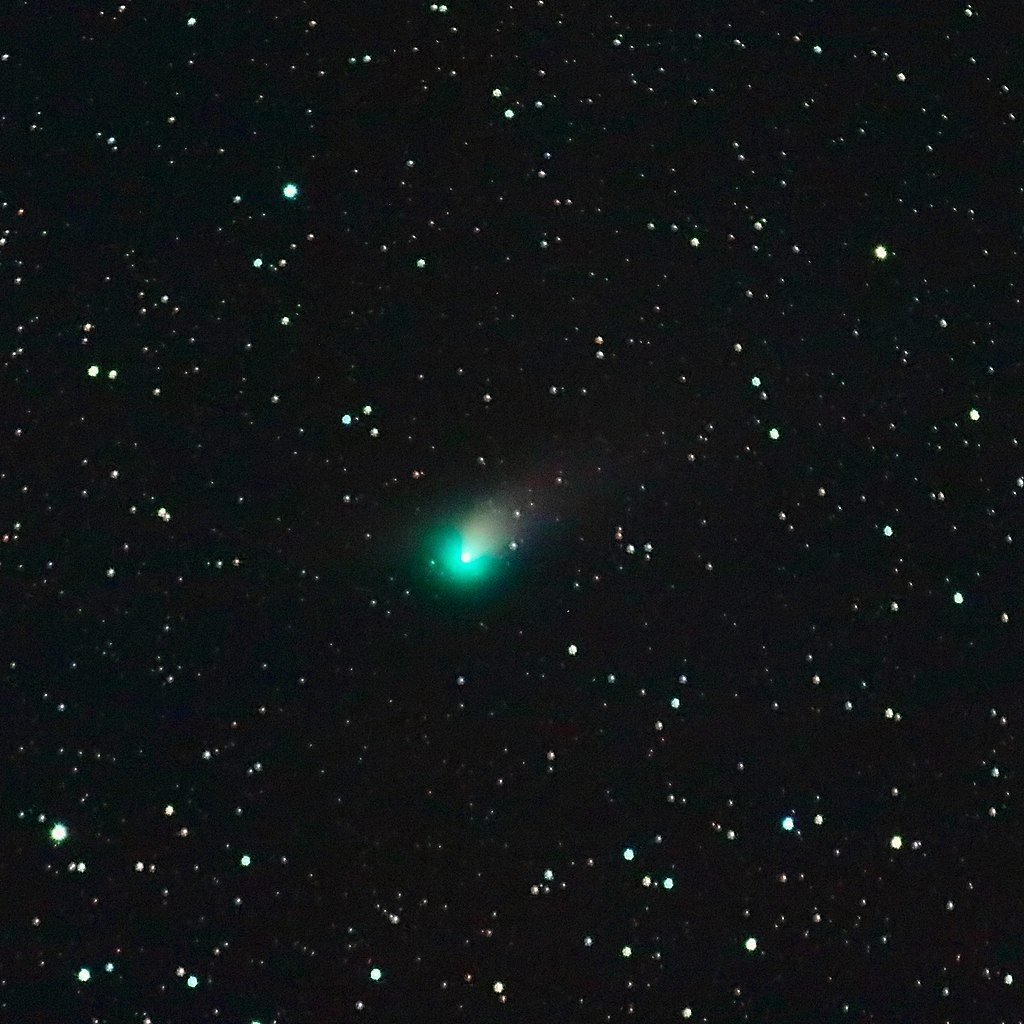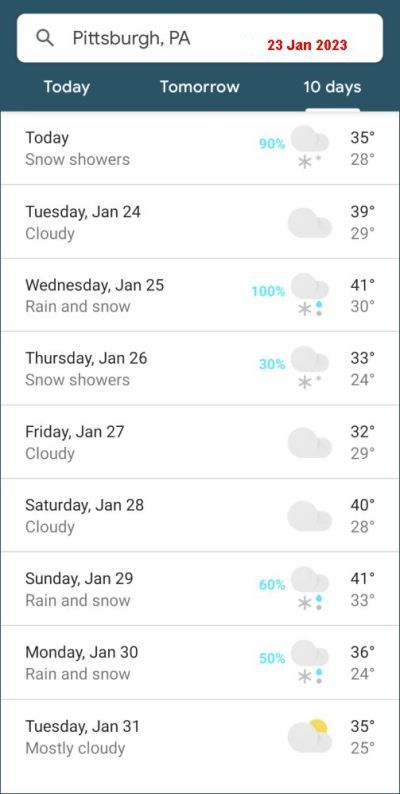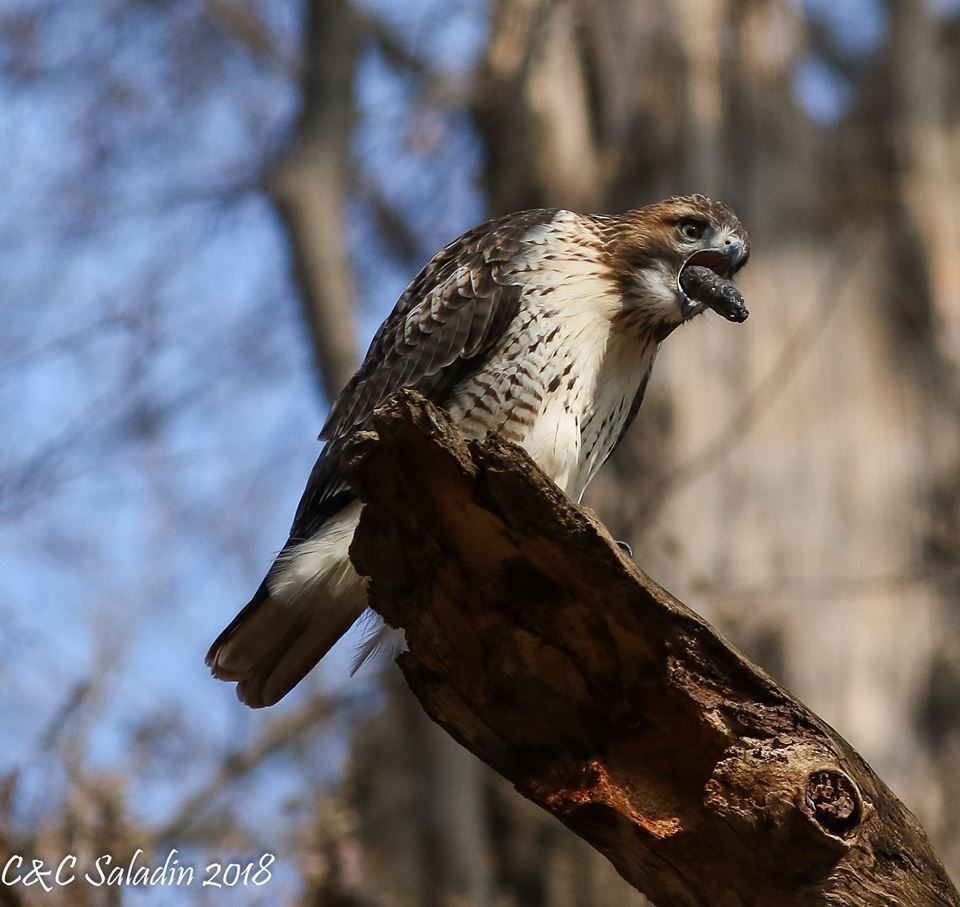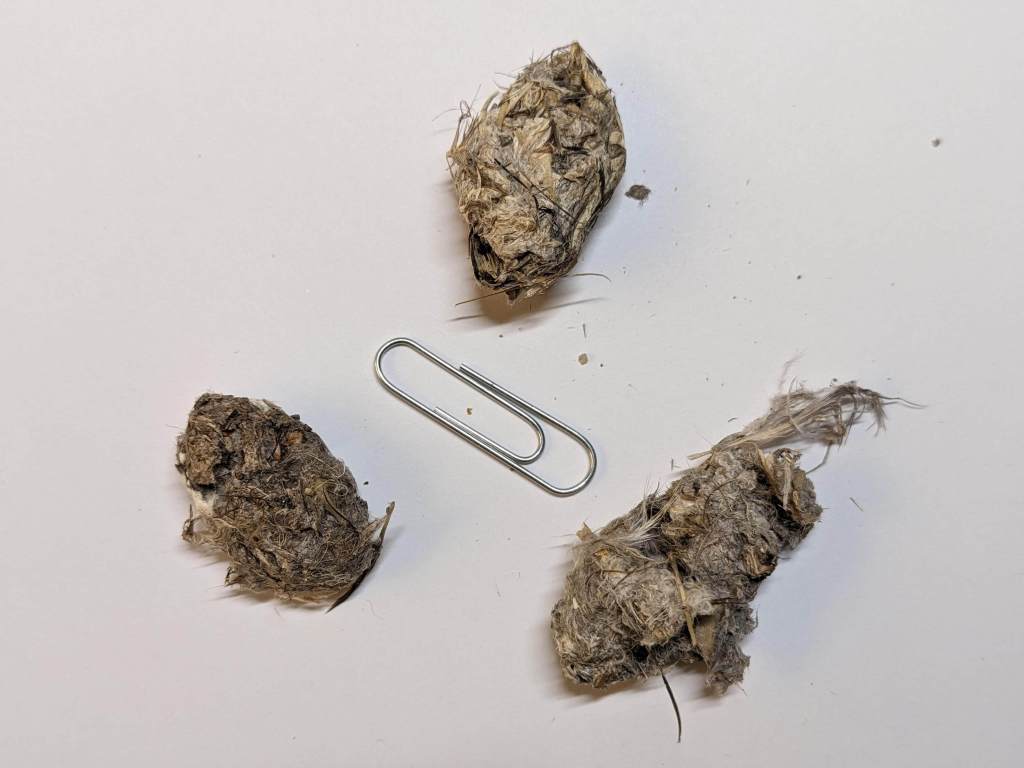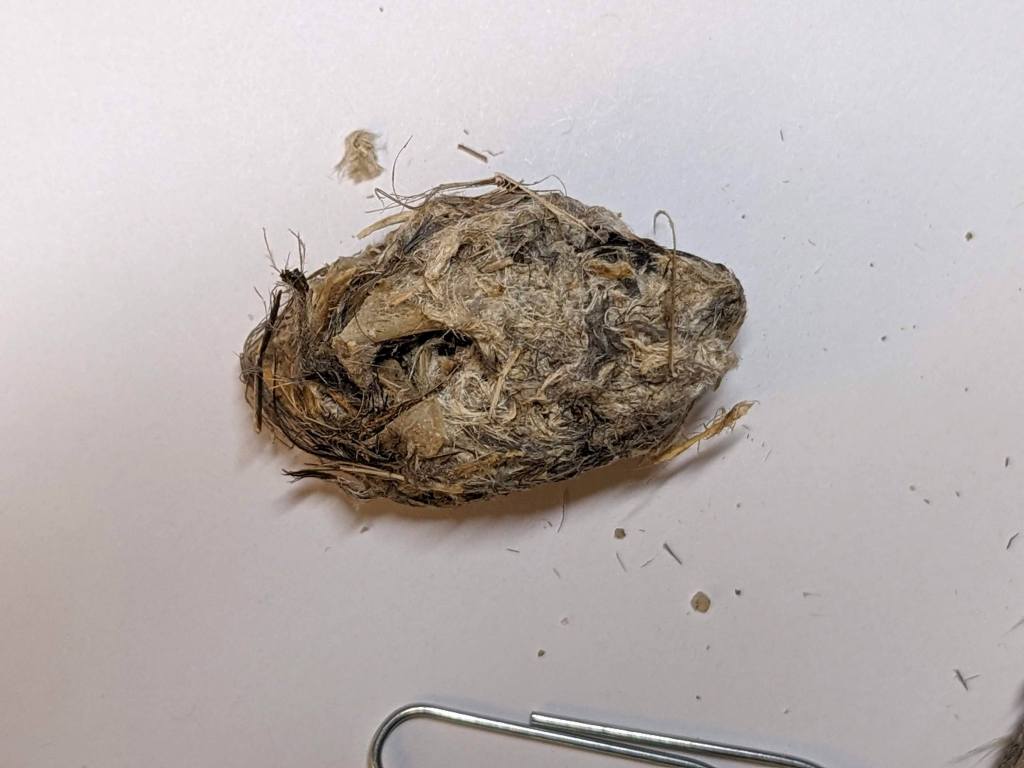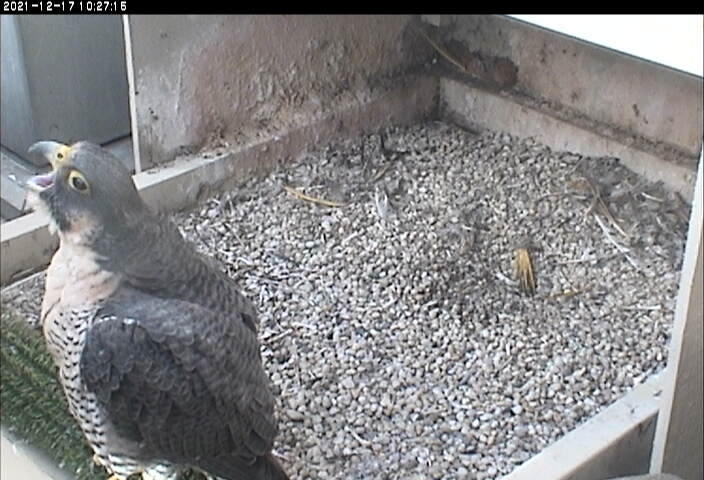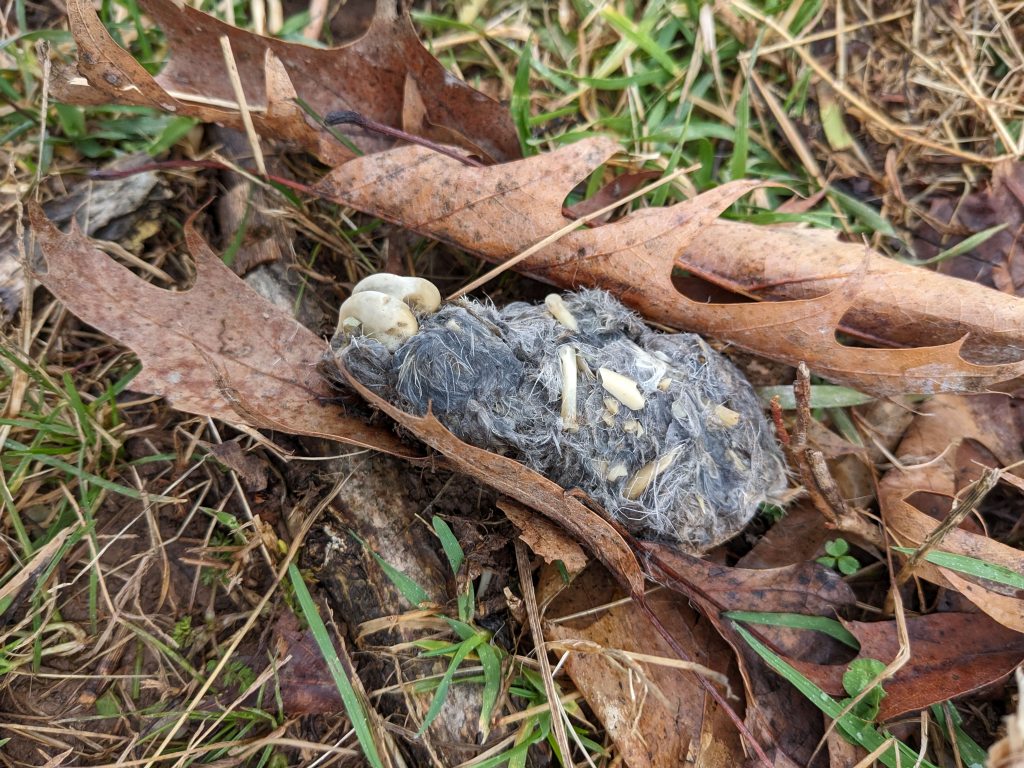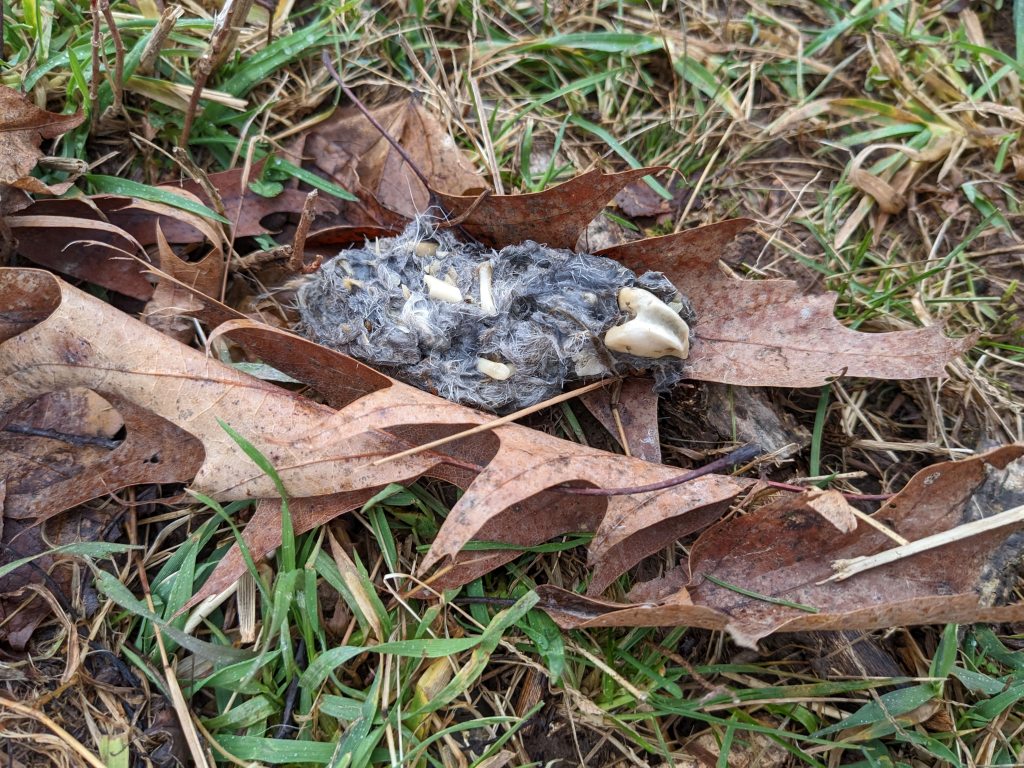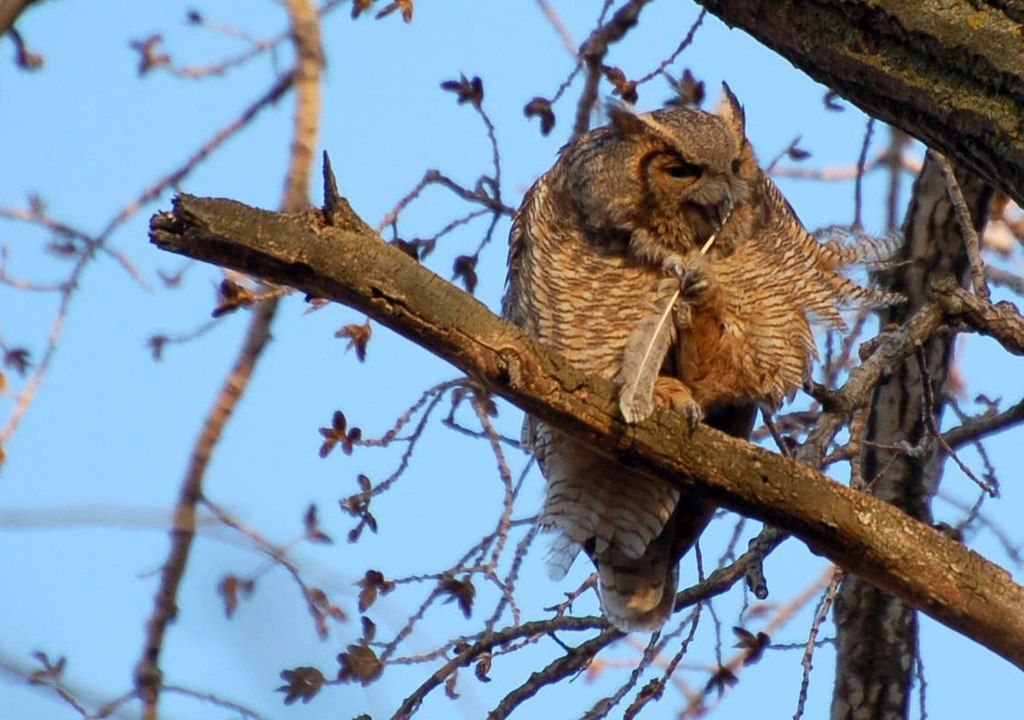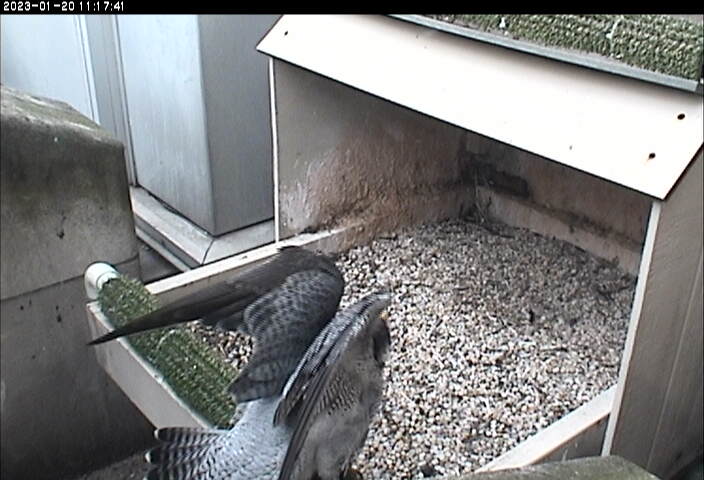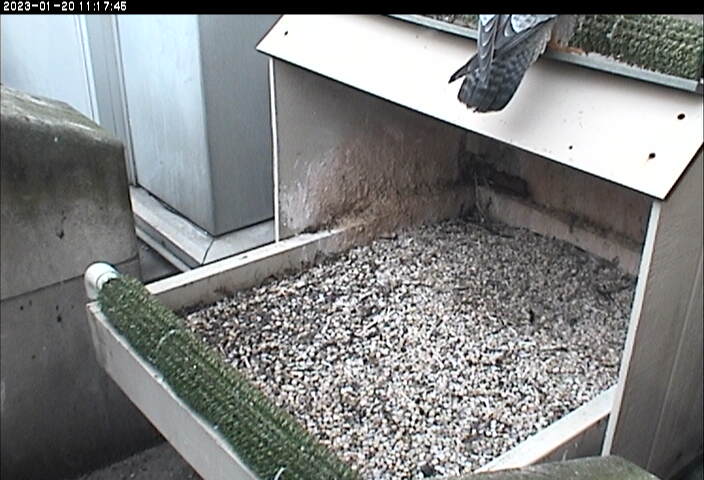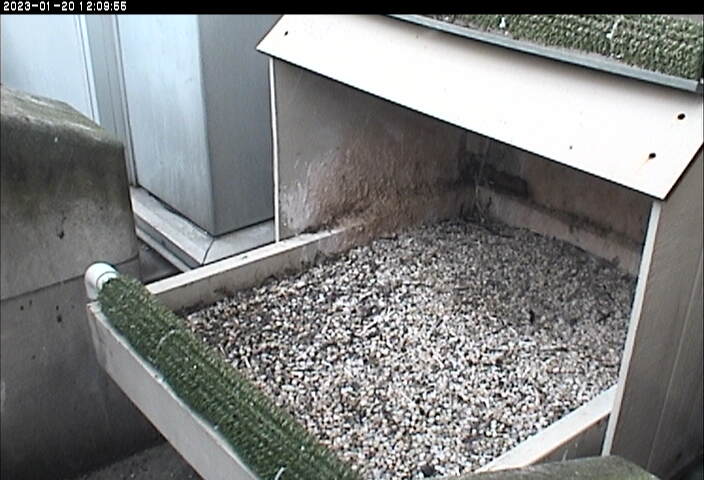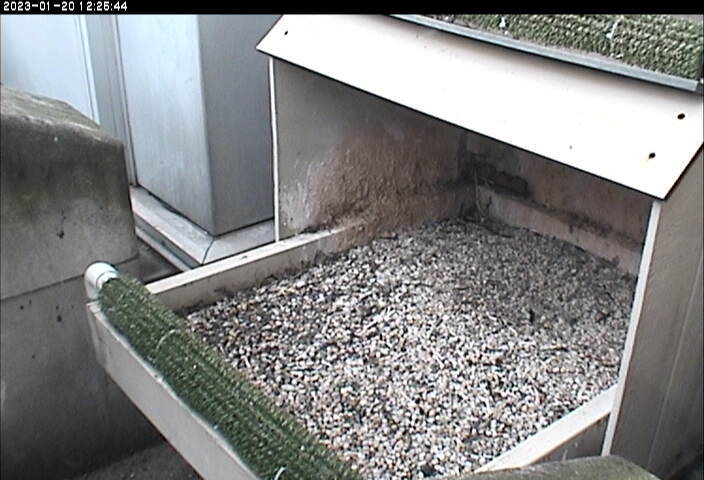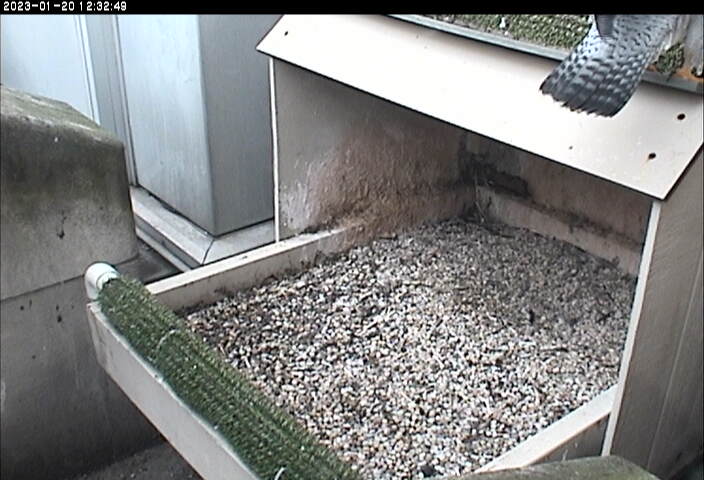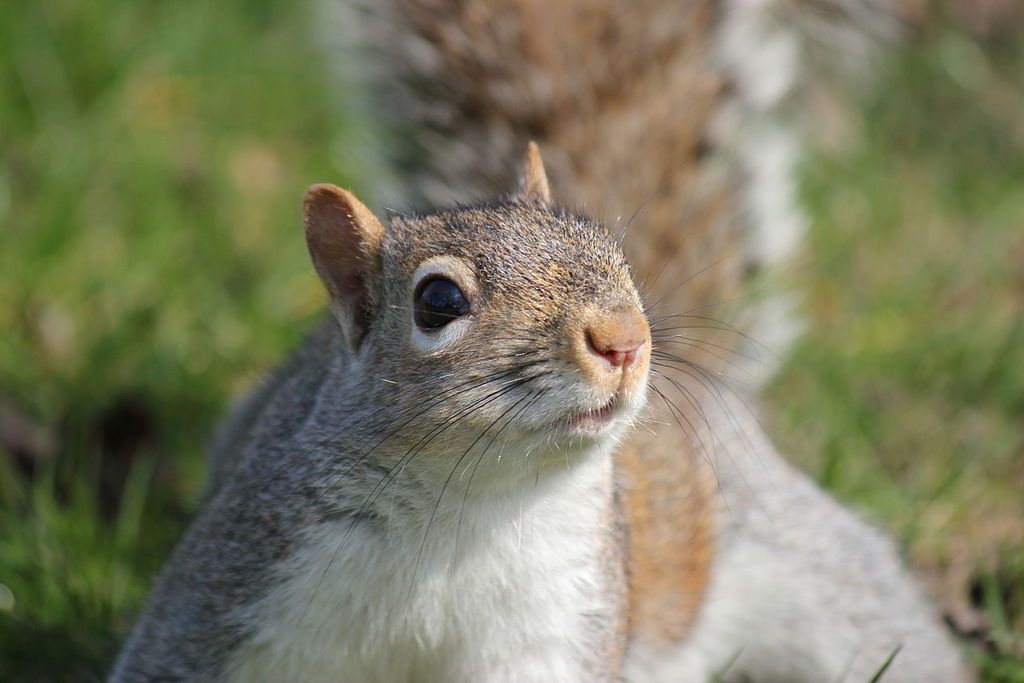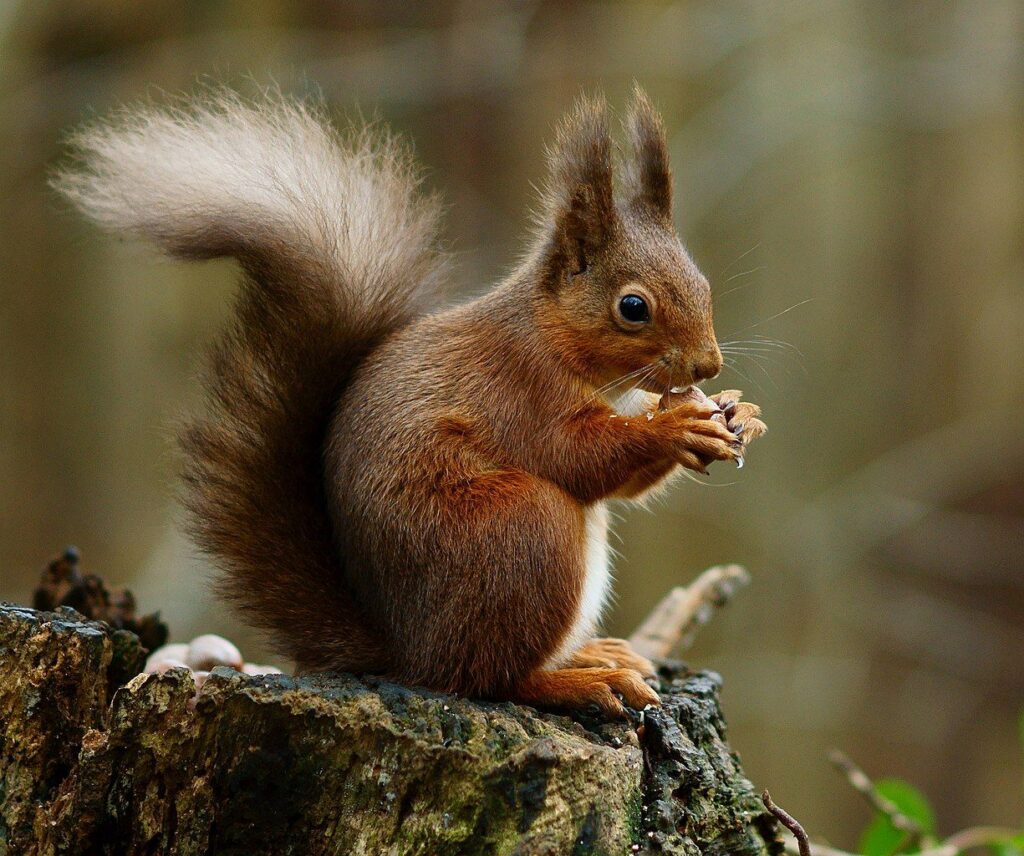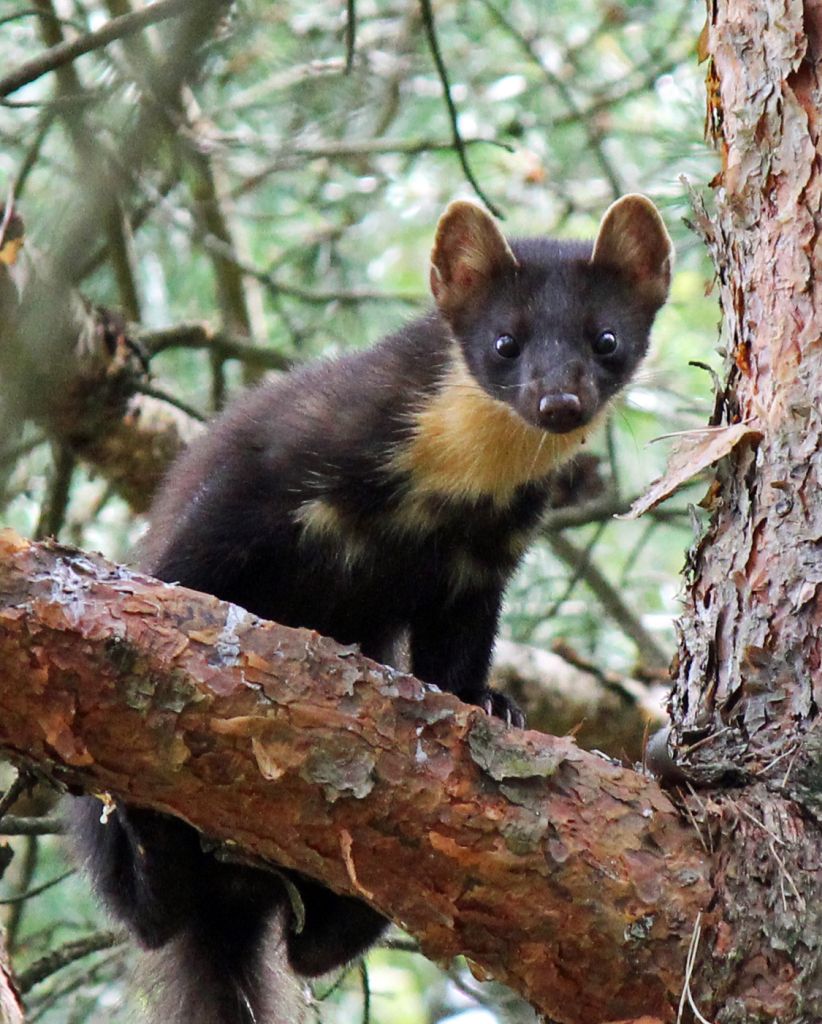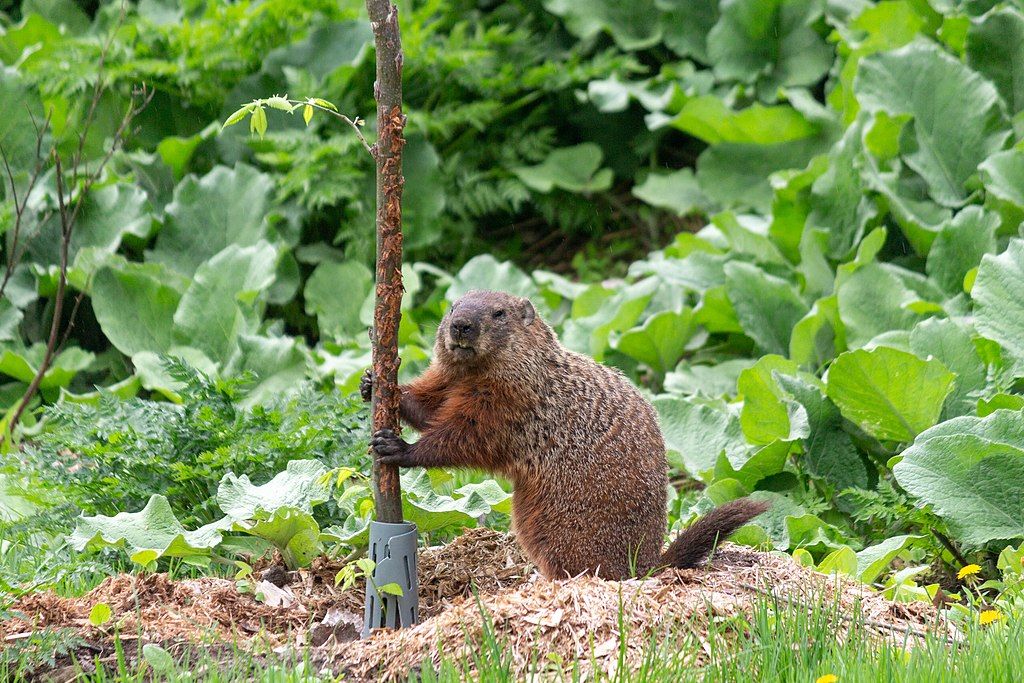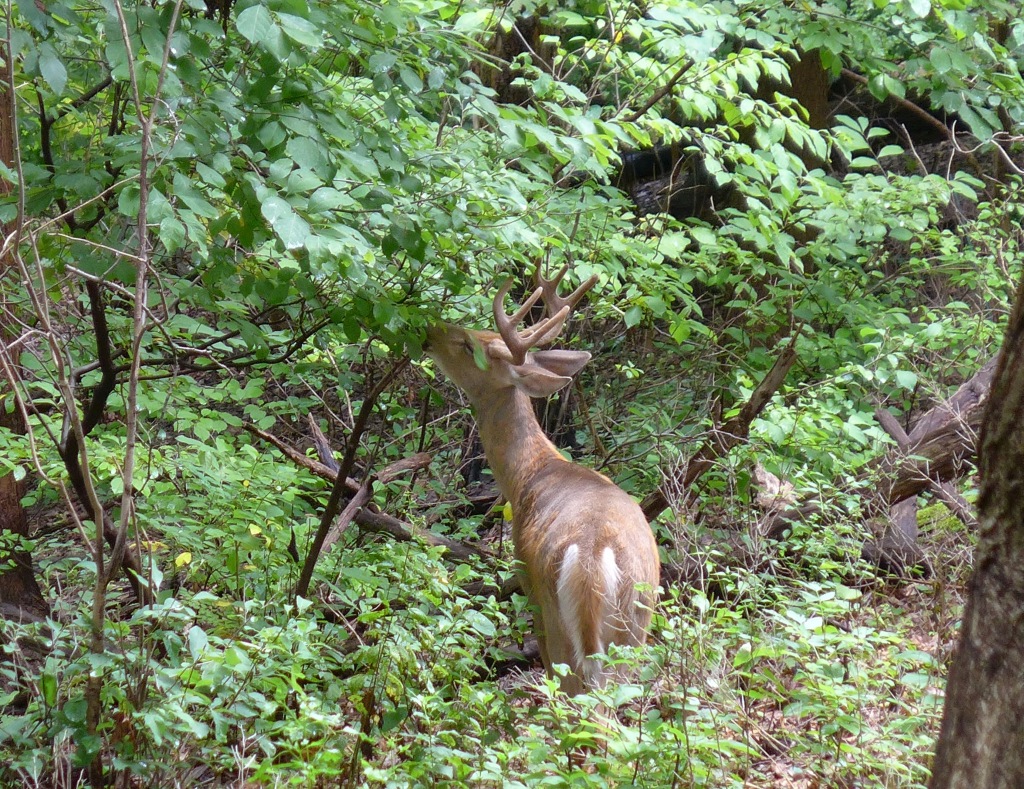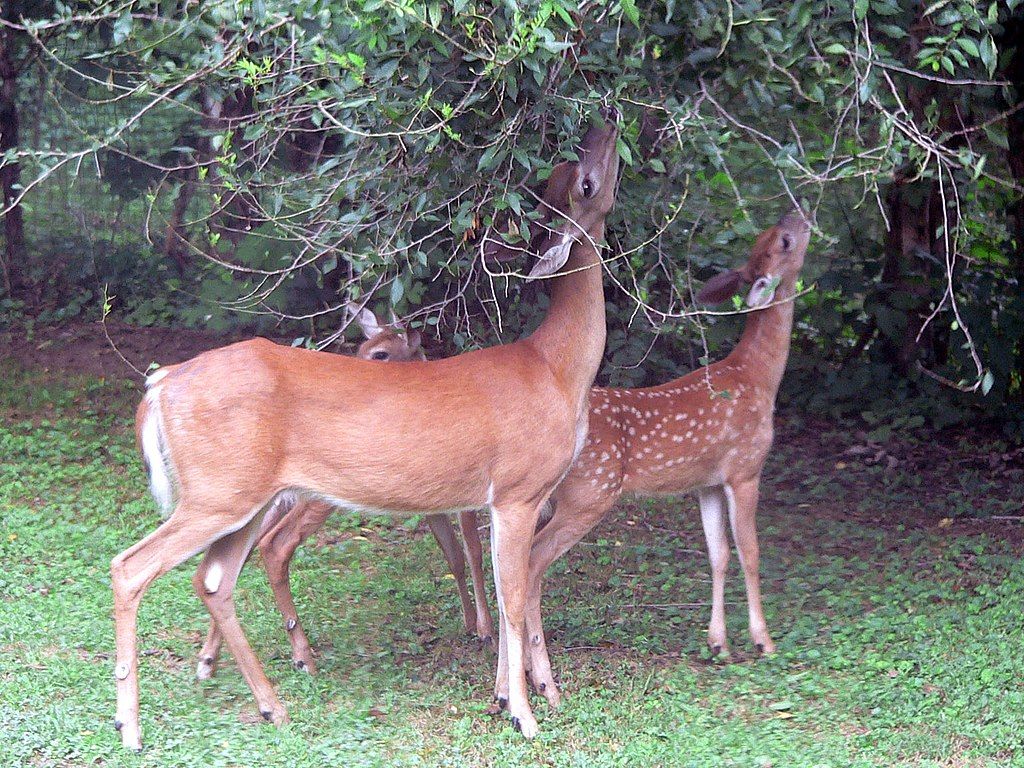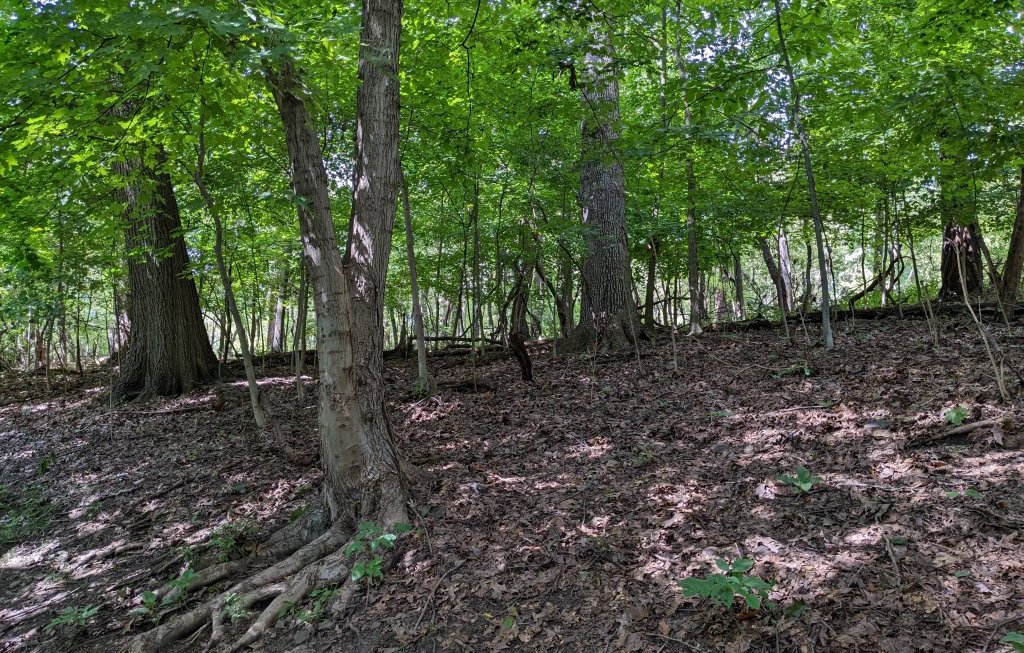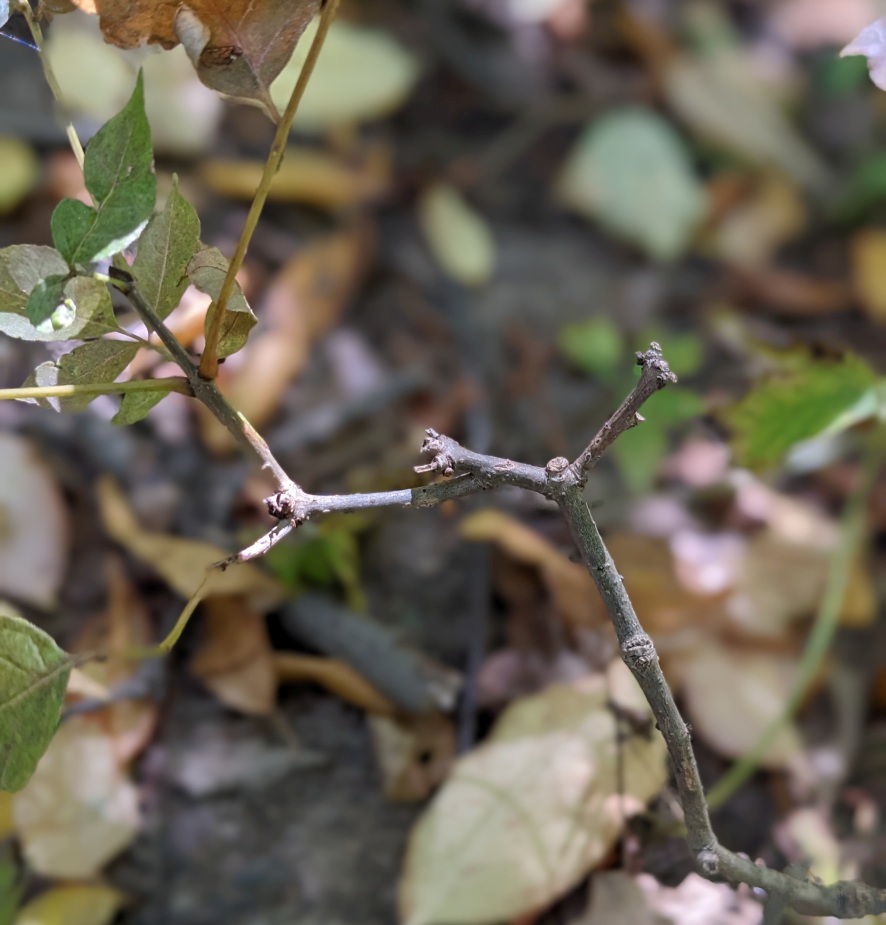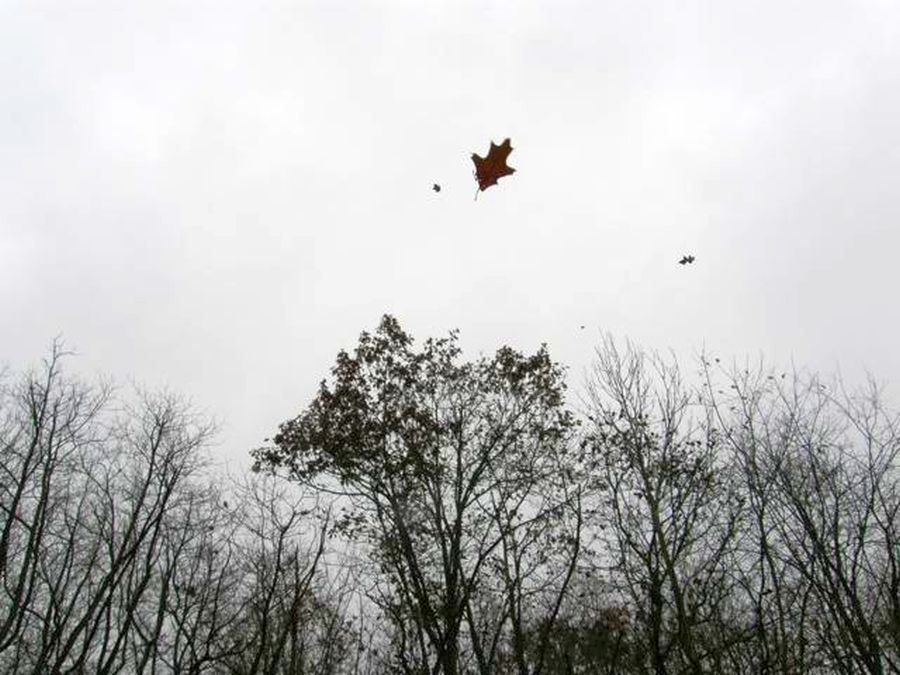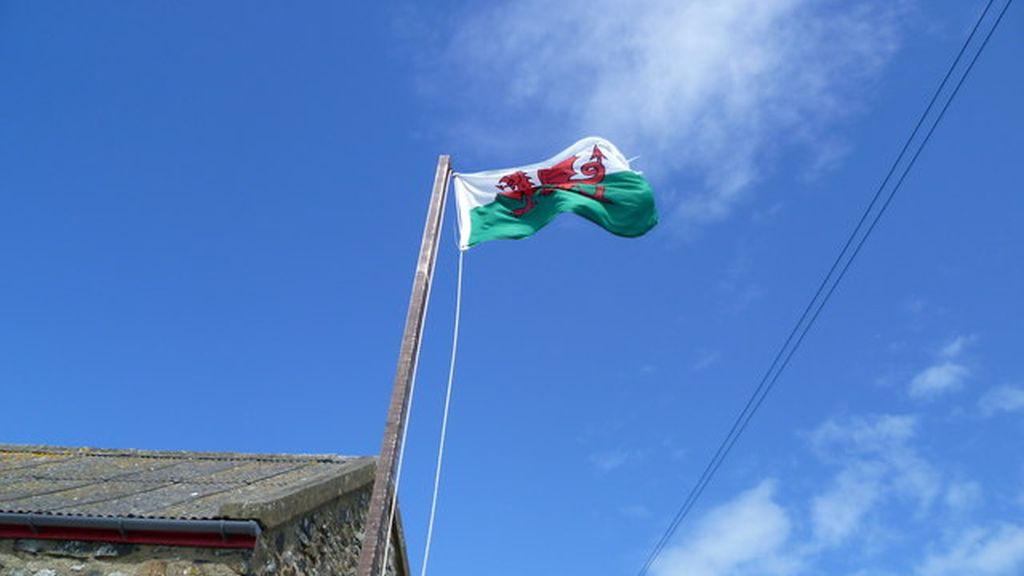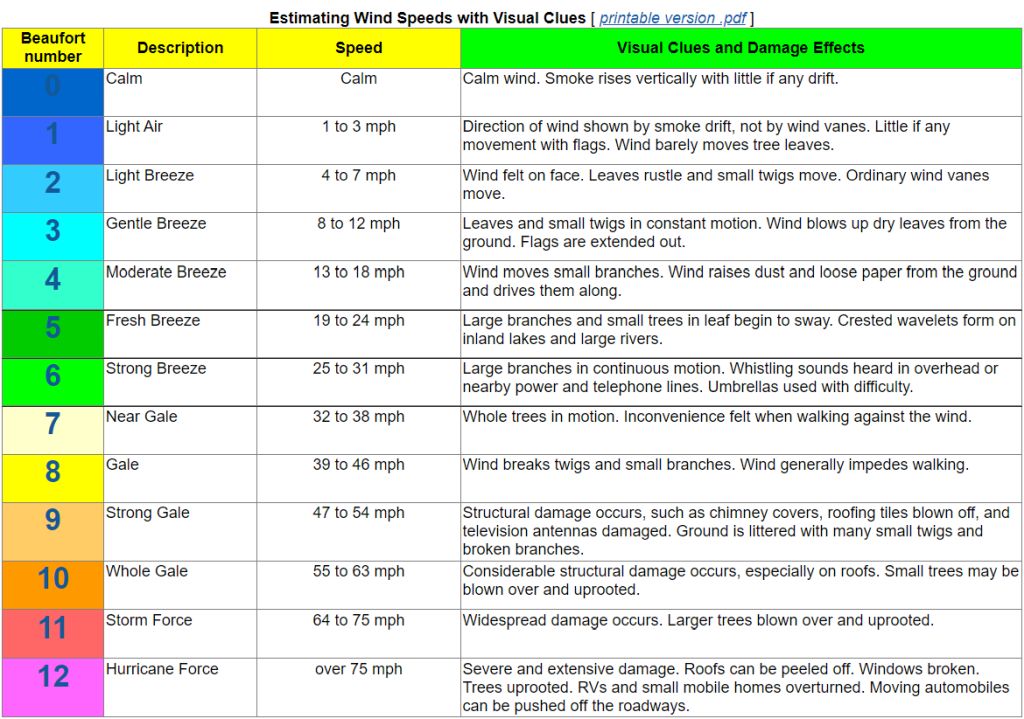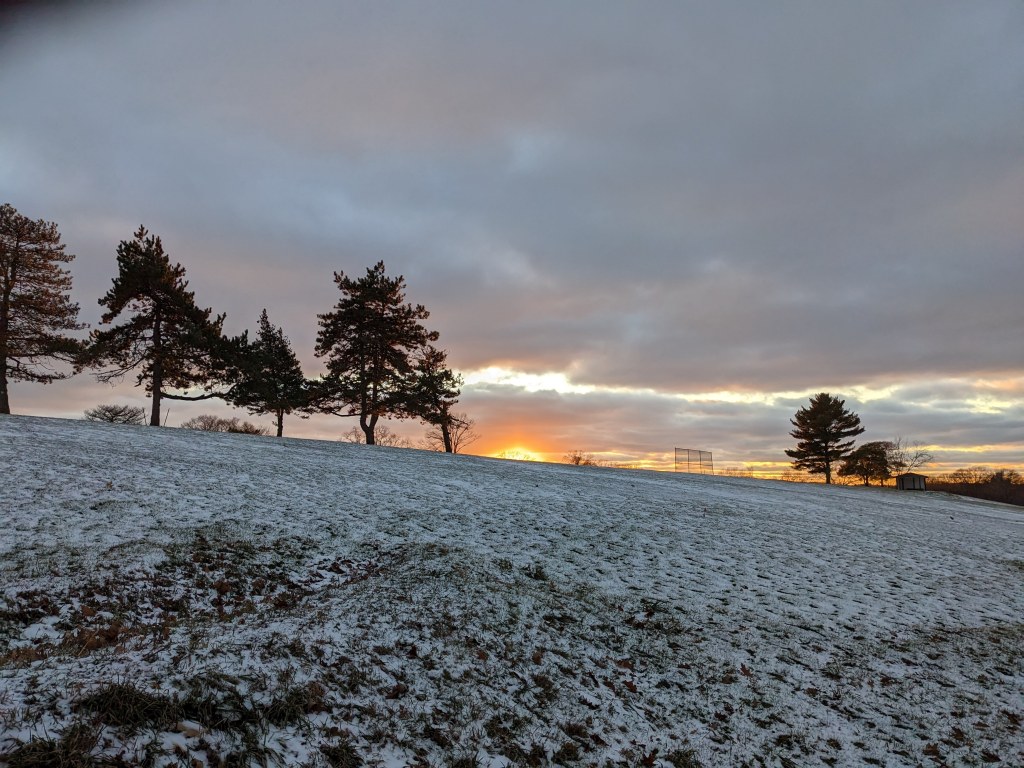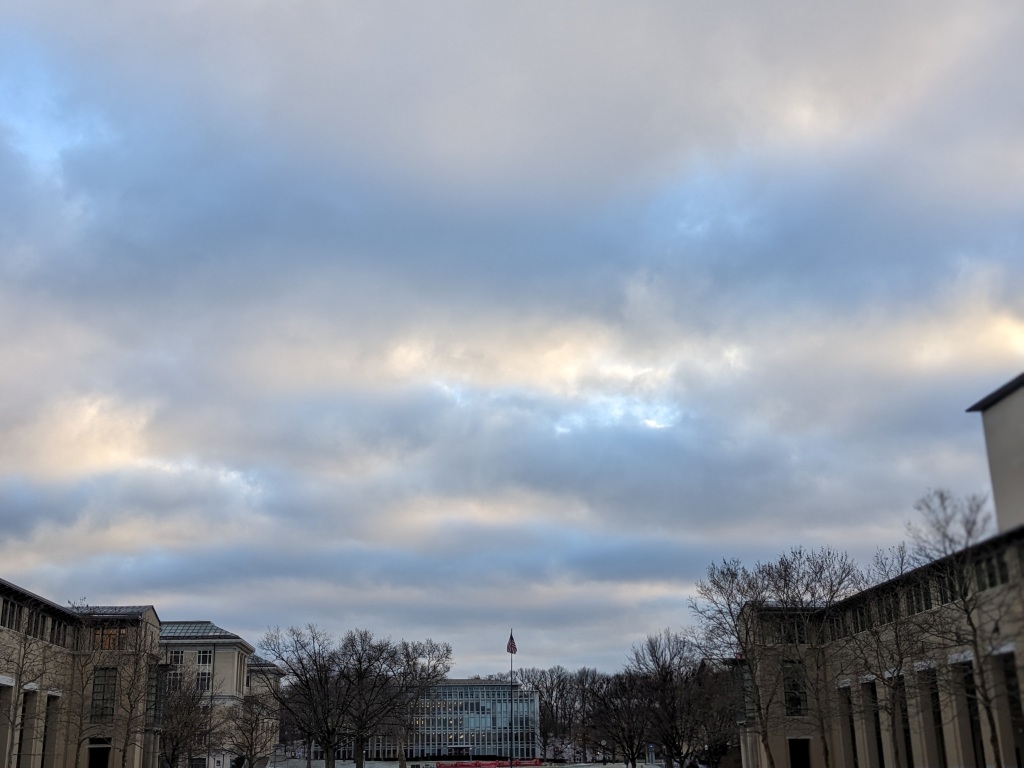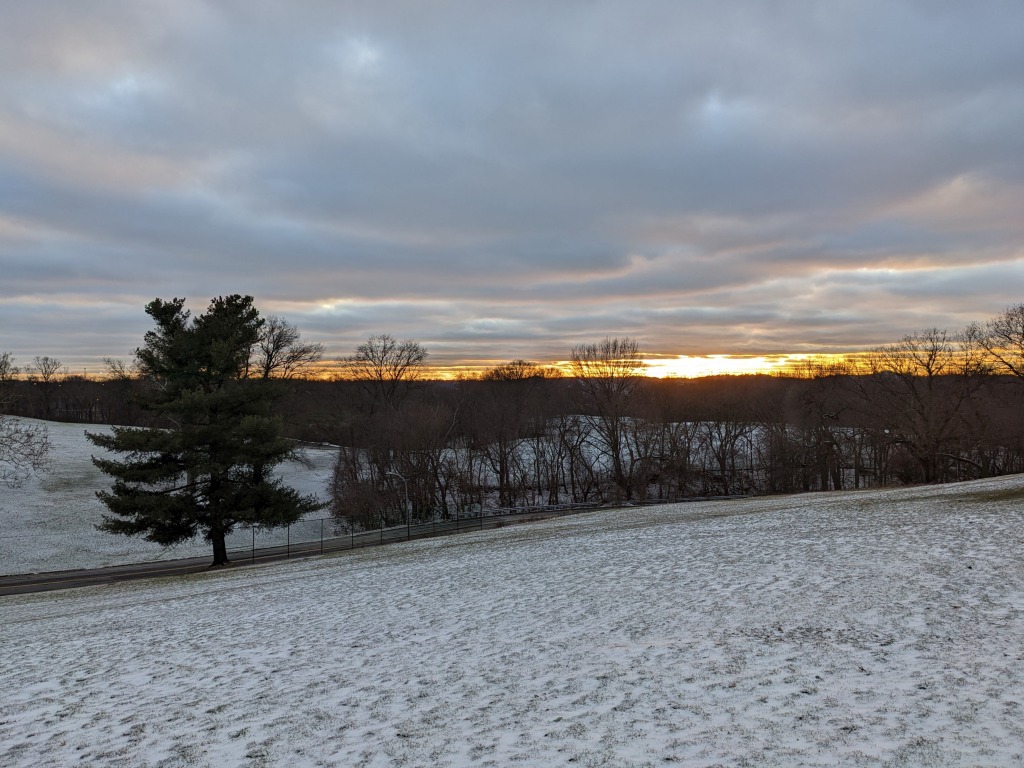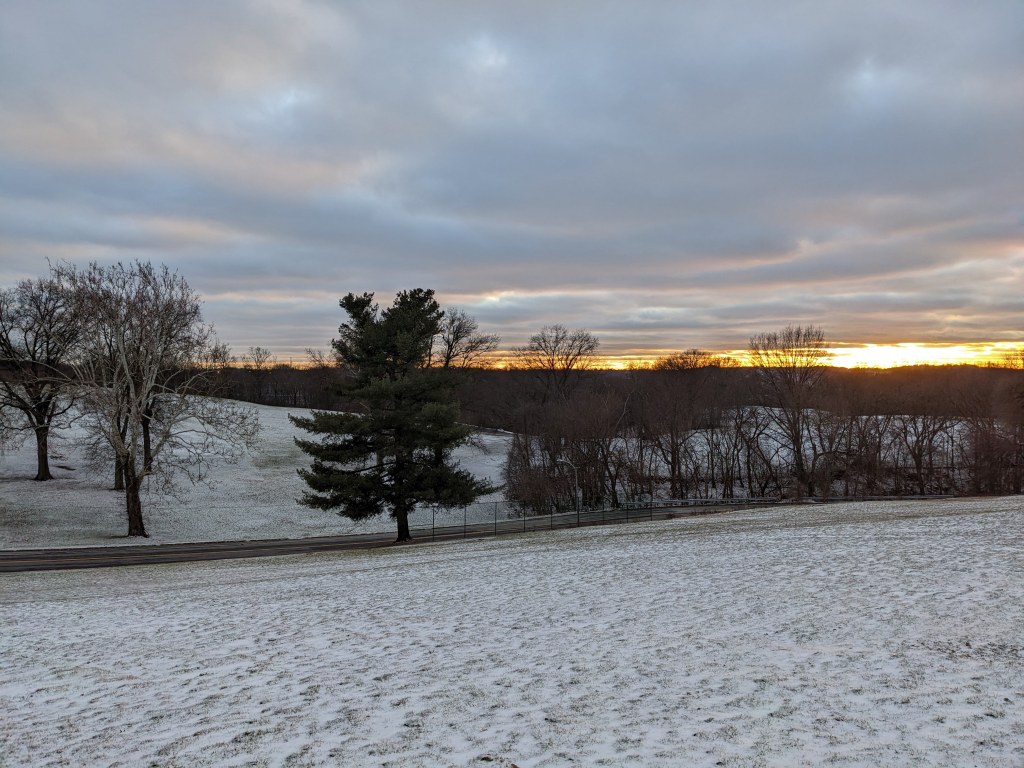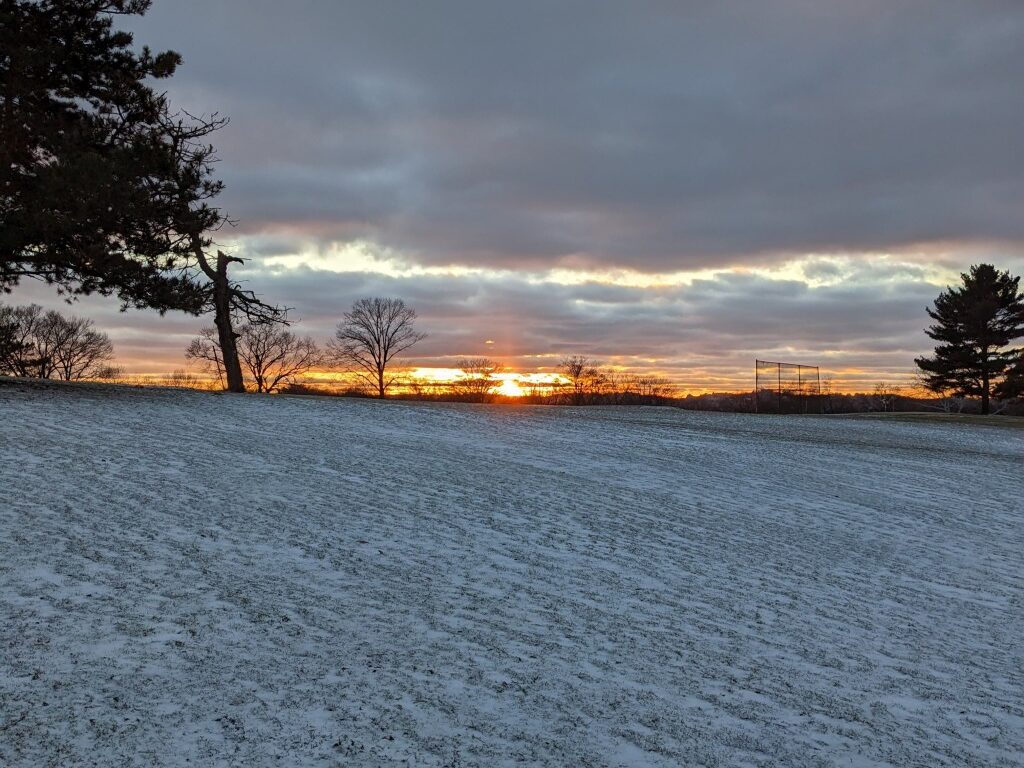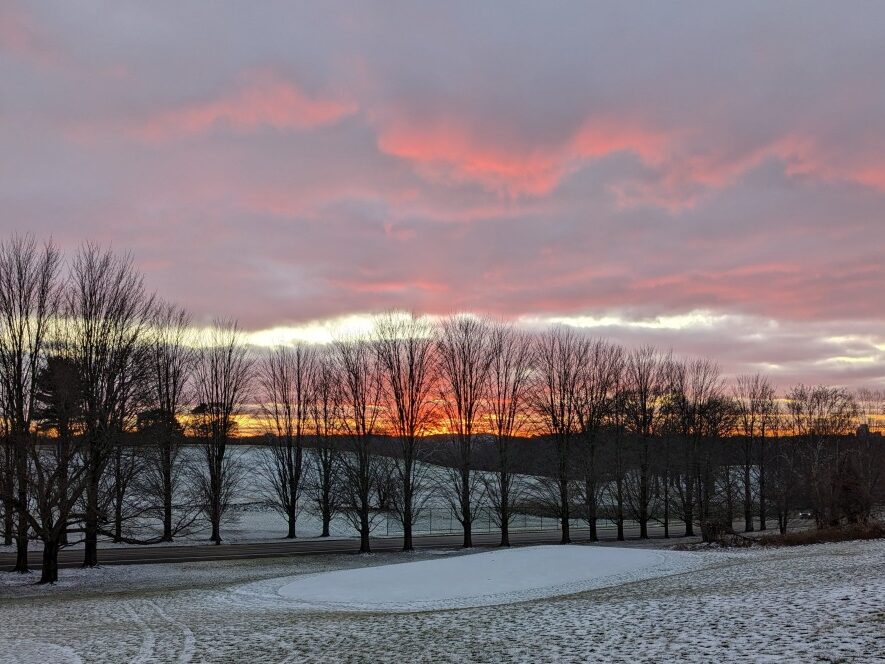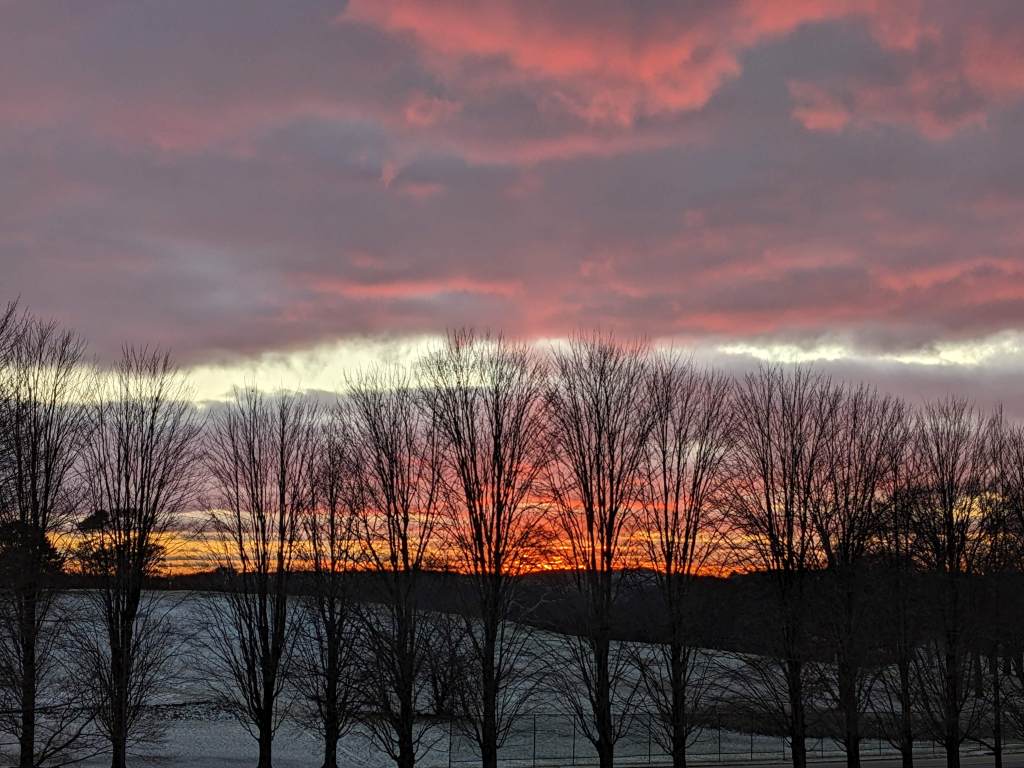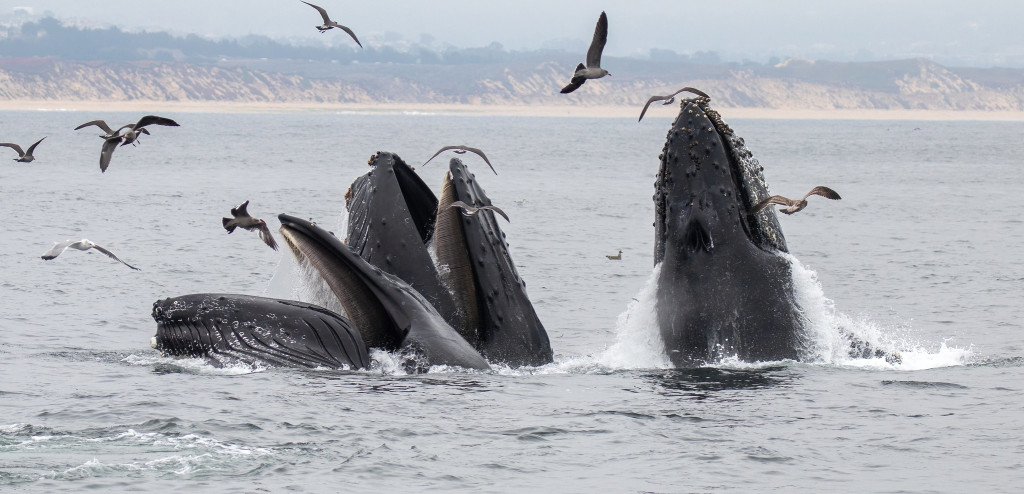
25 January 2023
Every autumn humpback whales (Megaptera novaeangliae) migrate past California on their way to spend the winter off the coast of Mexico. They will linger, however, if they find lots of anchovies. Humpback whales love anchovies.
The California anchovy population typically rises and falls in 10 to 30 year cycles based on ocean conditions and fishing pressure. It surged in 2013 when the New York Times made this video (click on the image below) …

… and surged again this summer. In June 2022 there were so many anchovies that people reported small fish raining down from the sky in San Francisco, probably dropped by passing seabirds. In July anchovies were trapped in oxygen-poor water and died near shore, making a smelly mess.
There were still lots of anchovies when the whales showed up this fall. Robin Agarwal took a whale watch out of Monterey Bay in early October and captured these scenes of lunge-feeding humpback whales.
The anchovies crowded close as the predators approached. The whales forced them to the surface where the tiny fish leapt out of the water to escape.
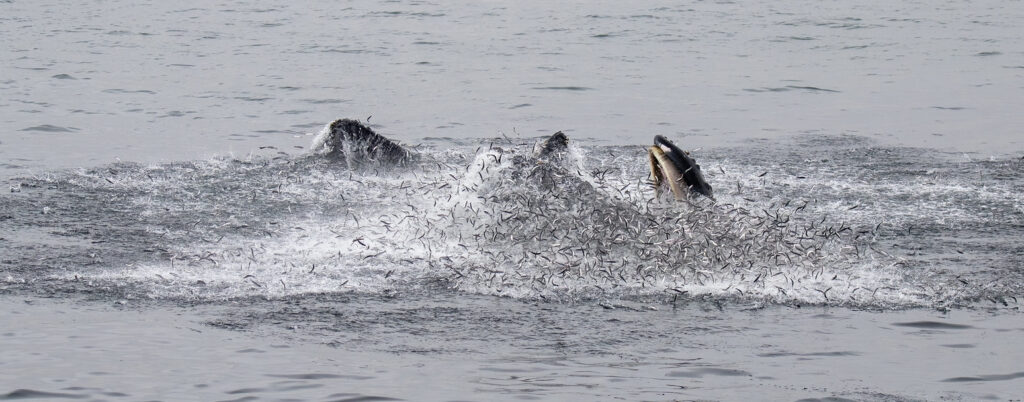
The whales opened their mouths and anchovies fell in.
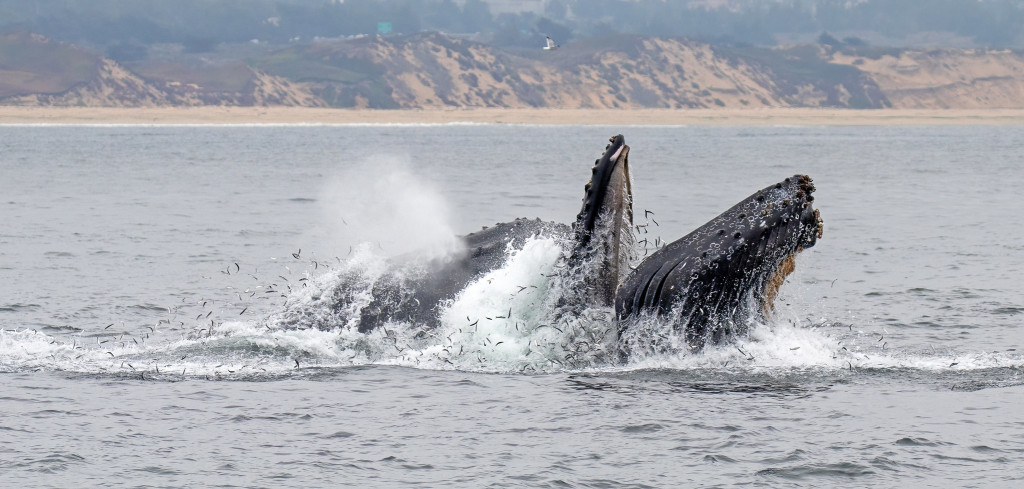
In a surge year for anchovies, people feast too.
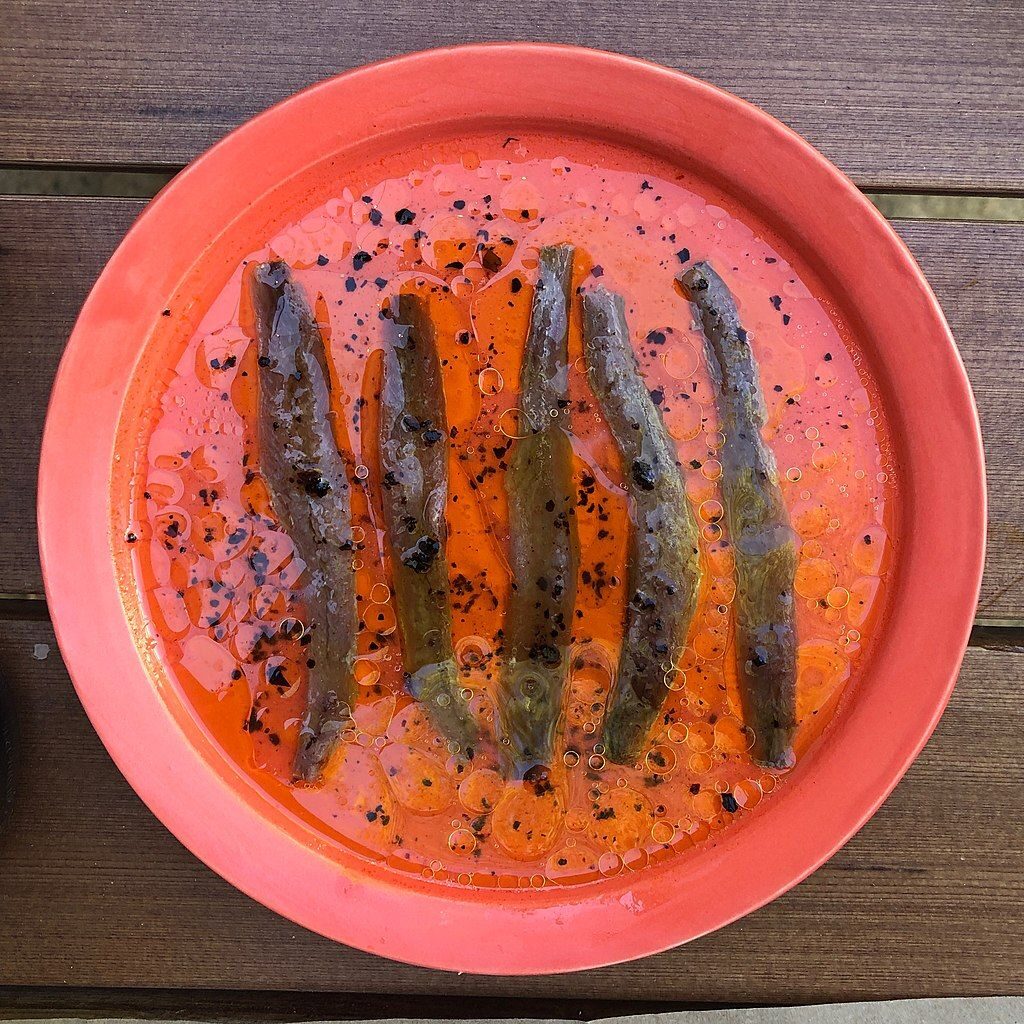
Read more about the 2013 anchovy surge in the New York Times: With Extra Anchovies and Whale Watching.
See more of Robin Gwen Agarwal’s photos here.
(humpback whale photos in Monterey Bay by Robin Gwen Agarwal on Flickr, Creative Commons license, food photo from Wikimedia Commons; click on the captions to see the originals)



